While we’re featuring Gettysburg this month in our “Tour Talk,” one of the Civil War’s most famous battles, there are plenty of other sites in Pennsylvania that aren’t as well known—but all have fascinating stories to tell. So if you’re heading out to Gettysburg, don’t forget to visit some of the state’s “other” sites as well.
Cashtown Inn
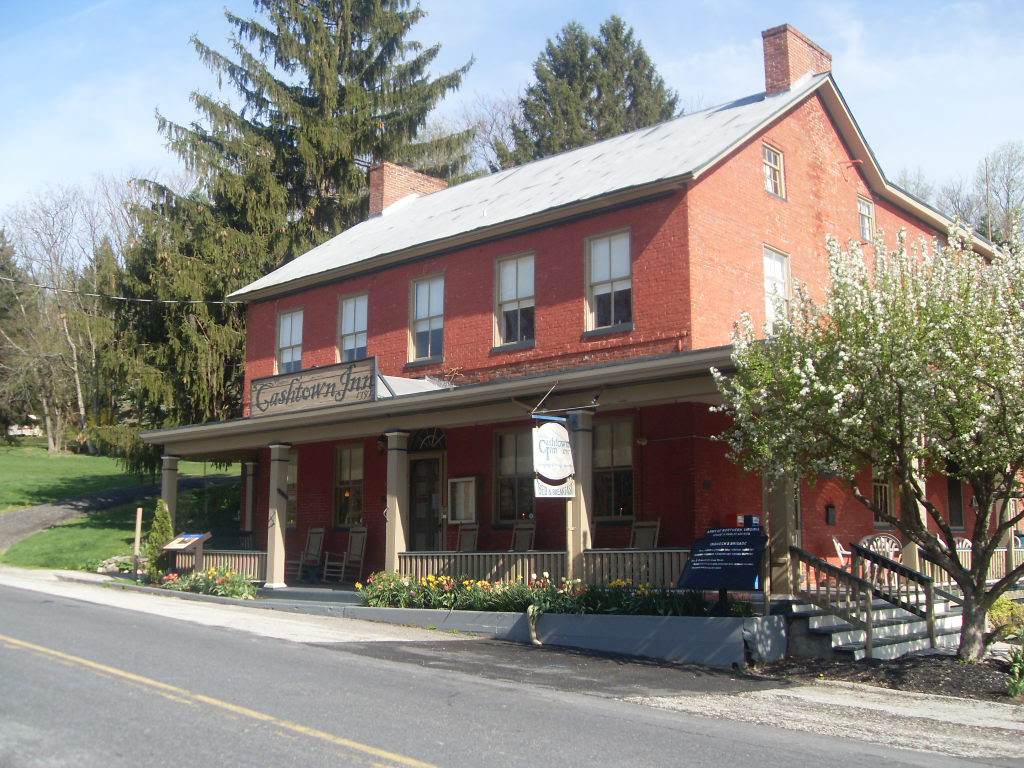
Crossing South Mountain from Chambersburg in 1863, the Army of Northern Virginia marched through Cashtown, just a few miles northwest of Gettysburg, filling the town’s streets with supply and ammunition wagons. Many Confederate officers and staff used this inn, established in 1815, as their headquarters, including A.P. Hill, John D. Imboden, and Henry Heth. Ignoring Lee’s instructions, Hill permitted a division under General Heth to march into Gettysburg. Heth ran into General Buford’s Union vedettes, however, thus starting off the first day of the Battle of Gettysburg. The inn’s basement served as a field hospital during the battle. Today building still serves as a four-room inn—known for its paranormal activity.
Visitor info: 1325 Old Rte. 30, Cashtown, www.cashtowninn.com
Columbia-Wrightsville Bridge

When completed in 1834, the 5,620-foot Wrightsville-Columbia Bridge was the world’s longest covered bridge with 27 wooden spans. It was hugely important, given its location at the intersection of road, rail, river, and canal traffic on the Susquehanna River. Despite its architectural prominence, the bridge spawning the Susquehanna River—once the longest covered bridge in Pennsylvania—was burned by retreating Union militia on June 28, 1863, as General Early and his forces advanced from the Wrightsville side. All that remains are stone buttresses where every year big caldrons are burned to commemorate the burning of the bridge.
Visitor info: Penn. 462 between Columbia and Wrightsville
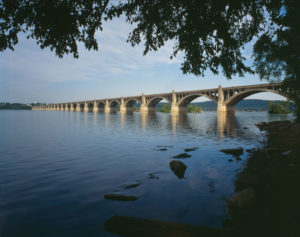
Dobbin House Tavern
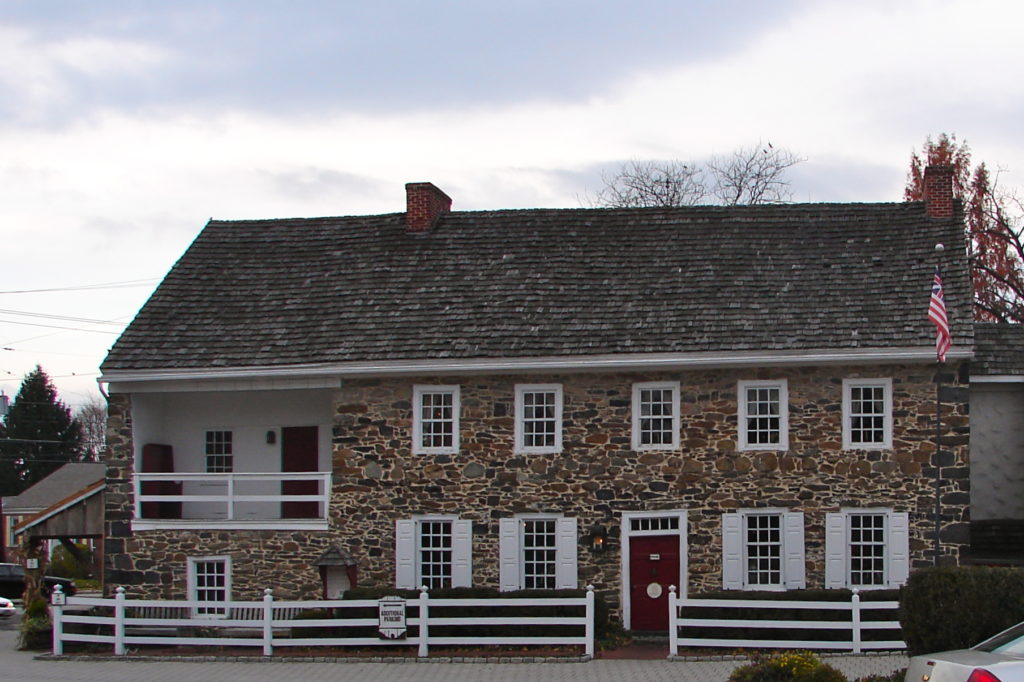
This beautiful brick home was built in 1776 in Gettysburg, making it the town’s oldest extant standing structure. It may have been the first stop along the Underground Railroad north of the Mason-Dixon Line. During the three days of battle, the excellent view of the activities on Cemetery Hill allowed Confederates perched in its upstairs windows to pick off careless Union officers. During and after the Battle of Gettysburg, it served as a field hospital. Today it’s a highly recommended tavern and restaurant with a historic ambiance.
Visitor info: 89 Steinwehr Ave. (Bus. Rte. 15 S.), Gettysburg, www.dobbinhouse.com
Hanover
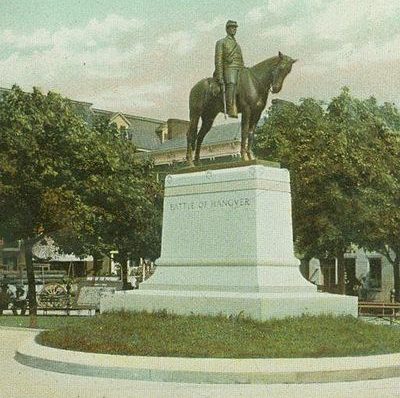
A cavalry engagement involving George Custer unfurled in this southwestern York County town on June 30, 1863, as part of the Gettysburg Campaign. In fact, the outcome of Gettysburg could have been decidedly different had it not been for this relatively minor encounter. But this confrontation delayed General Stuart’s armies’ arrival in Gettysburg until nightfall on the second day of battle, sufficiently forcing Gen. Robert E. Lee to fight without the “eyes and ears” of his cavalry. There are interpretive signs and a monument to Custer. Eat at Famous Hot Weiner near the town square.
Visitor info: Hanover Visitor Information Center at Guthrie Memorial Library, 301 Carlisle St., www.yorkpa.org
Monterey Pass Battlefield Park
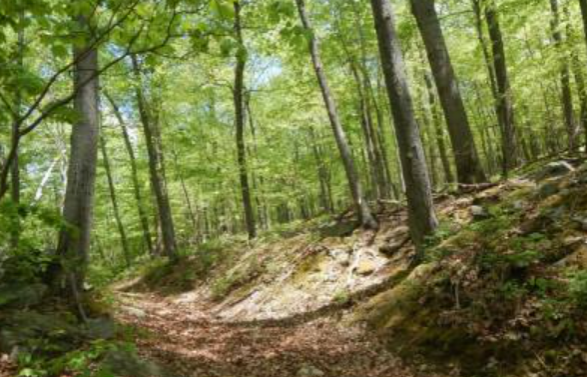
After the Battle of Gettysburg, Union troops (including George Armstrong Custer) attacked a wagon train belonging to Lee’s retreating army—loaded with needed supplies—as they escaped to Virginia at Williamsport, Maryland. This 125-acre park has interpretive markers, a self-guided driving tour, the Toll House, where the Union broke the Confederate line in the battle’s fiercest part.
Visitor info: 14325 Buchman Trail E., Waynesboro, www.montereypassbattlefield.org
Soldiers and Sailors Memorial Hall and Museum
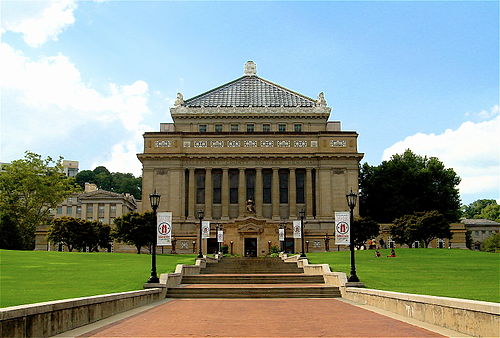
The nation’s only military memorial dedicated to honoring the men and women of all branches of service, this museum was dedicated in 1910 to honor the diminishing ranks of Civil War veterans from Pittsburgh and surrounding Allegheny County. It displays Civil War uniforms, equipment, paintings, and personal diaries and letters.
Visitor info: 4141 5th Ave., Pittsburgh, www.soldiersandsailorsshall.org
York
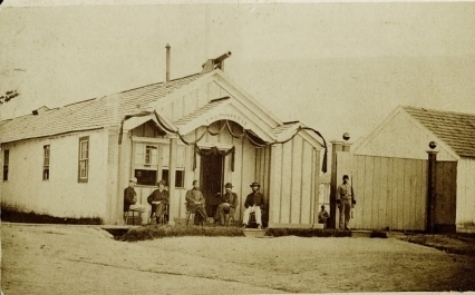
When General Early and his division occupied York in late June 1863, it became the largest Northern town occupied by the Confederates. The hospital—which treated thousands of soldiers after the Battle of Gettysburg—was located on the grounds of present-day Penn Park. It served more than 14,000 patients. Interpretive signs, along with a soldiers’ and sailors’ monument, pay tribute to York’s role in the war.
Visitor info: York Convention and Visitors Bureau, 60 E. North St., www.yorkpa.org; Penn Park, 100 W. College Ave., www.yorkcity.org/parks. Monument at the intersection of W. College Ave. and S. Beaver St.
